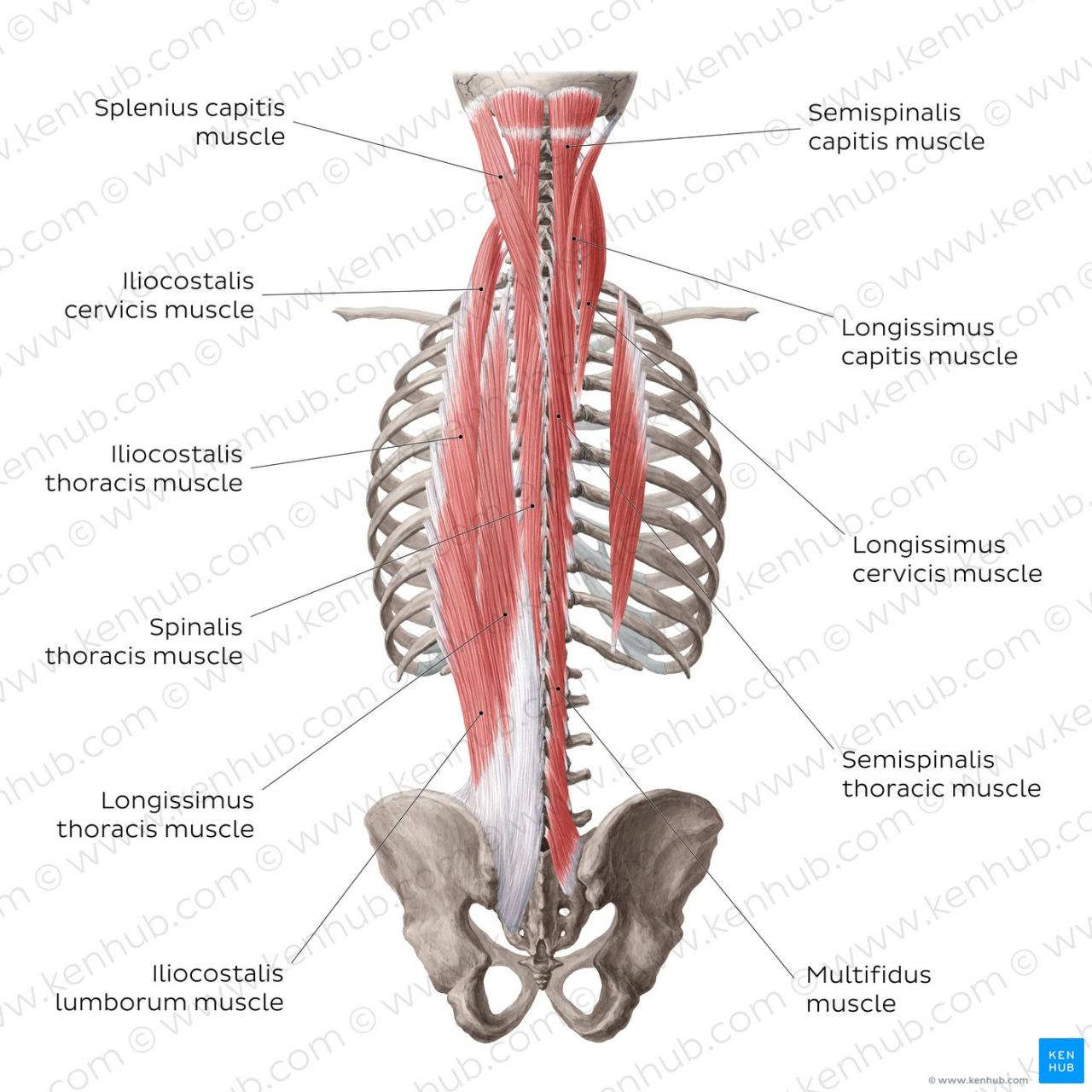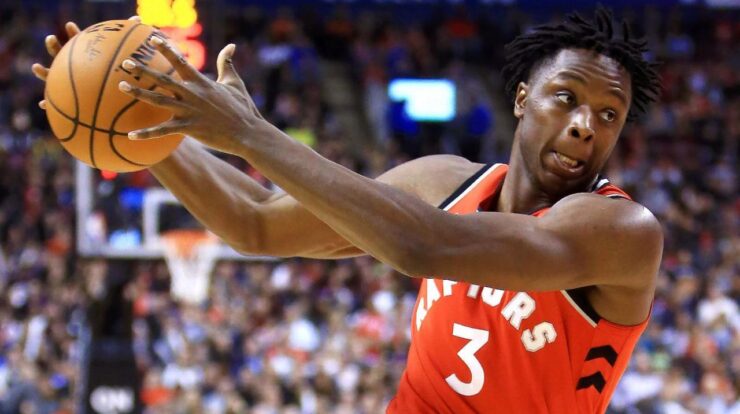
Back muscles, the unsung heroes of our musculoskeletal system, play a pivotal role in our posture, movement, and overall well-being. Embark on a journey into the realm of back muscles, where we unravel their intricate anatomy, explore effective exercises, and delve into the latest scientific advancements shaping our understanding of these remarkable muscle groups.
From the superficial trapezius to the deep multifidus, we will dissect the major muscle groups of the back, examining their functions and how they contribute to our daily movements. We will also uncover the most effective exercises for targeting these muscles, ensuring a balanced and aesthetically pleasing back.
Back Muscle Anatomy

The back muscles, also known as the posterior chain, are a complex and powerful group of muscles that play a crucial role in movement, posture, and overall physical function.
The major muscle groups of the back include the:
- Trapezius
- Latissimus dorsi
- Rhomboids
- Erector spinae
- Multifidus
Each of these muscle groups has specific functions and contributes to the overall strength and stability of the back.
The trapezius, for example, is responsible for elevating and rotating the scapula, while the latissimus dorsi is involved in adduction and extension of the arm. The erector spinae supports the spine and helps maintain an upright posture.
A detailed diagram of the back muscles is available online for reference.
Back Muscle Exercises

There are numerous exercises that effectively target the back muscles. Some of the most popular and effective exercises include:
- Barbell rows
- Pull-ups
- Lat pulldowns
- Deadlifts
- Back extensions
Variations of these exercises can be used to suit different fitness levels and target specific areas of the back.
Proper form and technique are essential for maximizing the benefits of back muscle exercises and minimizing the risk of injury.
For example, when performing barbell rows, it is important to maintain a neutral spine and avoid arching the lower back.
Regular exercise is widely recognized as the most effective way to maintain flexibility and prevent stiffness. By engaging in regular physical activity, you can improve your range of motion and keep your joints healthy. According to experts, consistent exercise helps to lubricate joints, strengthen muscles, and increase blood flow to the connective tissues, all of which contribute to greater flexibility.
Furthermore, it can help reduce the risk of falls and injuries, which are common among individuals with limited flexibility. If you’re looking to improve your flexibility, consider incorporating exercises such as exercises for lower back fat into your routine.
Back Muscle Injuries
Back muscle injuries are common, especially among individuals who engage in heavy lifting or strenuous physical activity.
Maintaining flexibility is essential for overall well-being, and regular exercise is the key to achieving it. Engaging in physical activity helps to keep your joints healthy, improves your range of motion, and reduces the risk of falls and injuries. According to experts, consistent exercise helps to lubricate joints, strengthen muscles, and increase blood flow to the connective tissues, all of which contribute to greater flexibility.
If you’re looking to improve your flexibility, consider incorporating exercises such as exercises for lower back fat into your routine.
The most common causes of back muscle injuries include:
- Overuse
- Poor form
- Trauma
Symptoms of back muscle injuries can vary depending on the severity of the injury, but may include pain, stiffness, and muscle spasms.
Treatment options for back muscle injuries range from rest and ice to physical therapy and, in some cases, surgery.
Preventing back muscle injuries is essential and can be achieved through proper warm-up and cool-down exercises, maintaining good posture, and avoiding excessive or improper lifting.
Final Summary
As we conclude our exploration of back muscles, it becomes evident that these muscle groups are not merely isolated entities but integral components of our overall health and fitness. Understanding their anatomy, function, and development empowers us to optimize our workouts, prevent injuries, and achieve a well-rounded physique.
Clarifying Questions: Back Muscles
What are the most important back muscle exercises?
Some of the most effective back muscle exercises include pull-ups, rows, and deadlifts.
How can I prevent back muscle injuries?
Proper form and technique during exercises, maintaining good posture, and warming up before workouts can help prevent back muscle injuries.
How long does it take to develop back muscles?
Back muscle development varies depending on factors such as genetics, training intensity, and nutrition. However, with consistent effort and progressive overload, noticeable results can be achieved within a few months.






